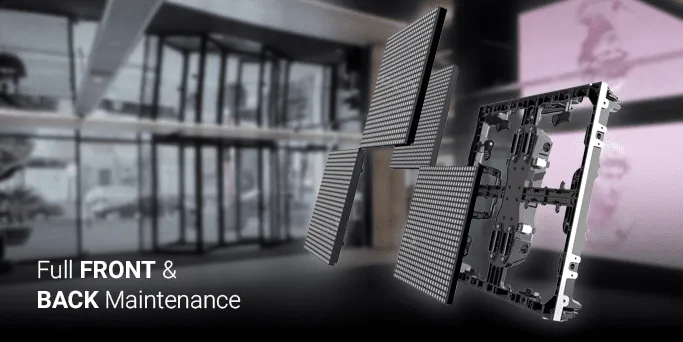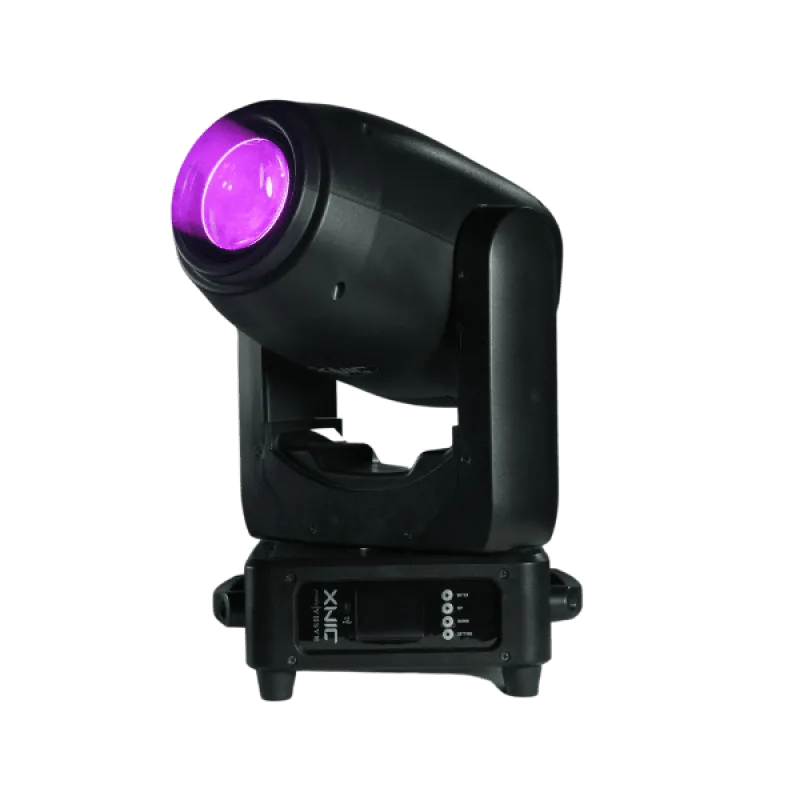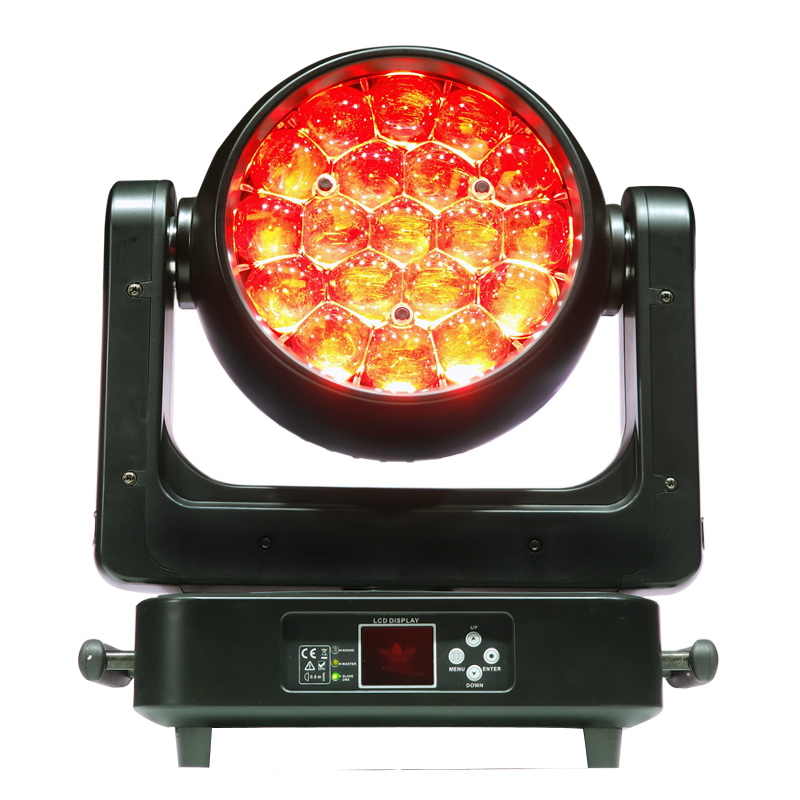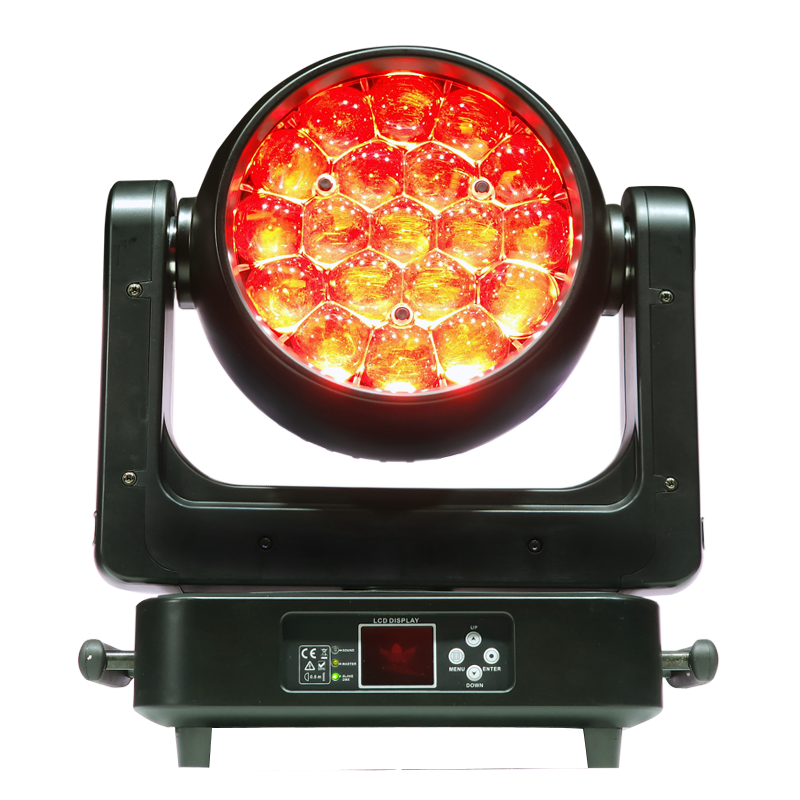Confetti Blower vs Shooter: Which is Right for Your Event?
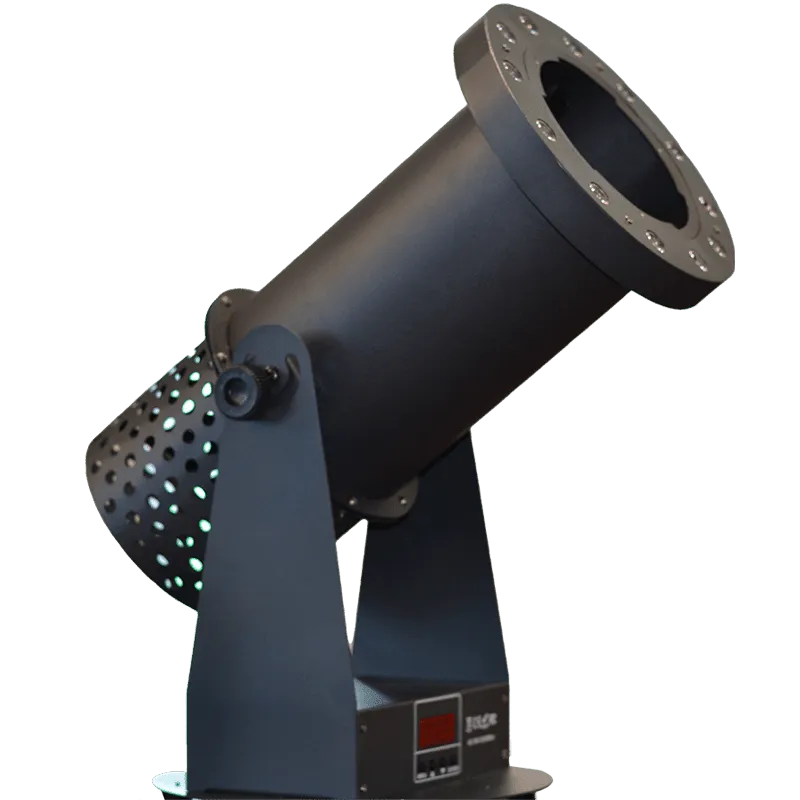
Strong 8k brings an ultra-HD IPTV experience to your living room and your pocket.
Whether you're planning a high-energy concert, an elegant wedding, or a corporate celebration, adding visual excitement through special effects is a sure way to captivate your audience. Among the most popular visual effects is the confetti cannon machine—a staple in event production that delivers a powerful burst of energy and spectacle. But one common question arises when choosing the right equipment: Should you go with a confetti blower or a confetti shooter?
In this comprehensive guide, we'll compare both devices based on output style, venue compatibility, ease of use, cost, and more. By the end, you'll have the clarity you need to select the ideal confetti machine for your next unforgettable event.
What is a Confetti Blower?
Definition and Operation
A confetti blower is a machine designed to emit a continuous stream of confetti using either an internal fan, electric motor, or a CO₂ propulsion system. These machines are often used to sustain the effect over a longer duration rather than delivering a single burst.
Blowers typically rely on:
CO₂ jets (for professional-grade output)
Electric fans (for indoor, low-pressure effects)
They are reusable and built for long-form events like concerts, parades, fashion shows, and festivals.
Types of Confetti Blowers
Electric Confetti Blowers – Use rotating fans to push confetti into the air.
CO₂ Confetti Blowers – Use compressed carbon dioxide to launch confetti high into the atmosphere for dramatic effects.
Key Features
Use Case Example
Festival Stage Show – A CO₂-powered confetti blower runs for 30–60 seconds at the climax of the main DJ set, showering the crowd in colorful paper.
Pros and Cons
Featured Model Example
Rasha Professional Turbo Confetti Blower
Power: CO₂ jet-based propulsion
Coverage: Up to 15 meters
Confetti Capacity: 1–2 kg per cycle
DMX Compatible: Yes
What is a Confetti Shooter?
Definition and Operation
A confetti shooter is designed to produce a powerful one-time burst of confetti, often triggered at the push of a button or via remote signal. Shooters are prized for their precise timing and dramatic visual impact.
They typically use:
Electric cartridges
CO₂ cylinders
Spring-loaded mechanisms (manual)
Shooters are popular for short, high-impact effects like concert drops, wedding toasts, or brand unveilings.
Types of Confetti Shooters
Handheld Confetti Cannons – Manually triggered.
Electric Remote-Triggered Shooters – Fire with DMX or wireless remote.
Cartridge-Based Confetti Shooters – Pre-loaded and used for single shots.
Key Features
Use Case Example
Wedding Ceremony – During the kiss or first dance, two electric confetti shooters are triggered for a brief 3-second rain of white and silver confetti over the couple.
Pros and Cons
Featured Model Example
Rasha Professional Electric Confetti Shooter
Trigger: DMX and wireless remote
Range: 8–10 meters
Reloadable: Yes
Safety Lock: Included
Confetti Blower vs Shooter: Key Differences
Which One Should You Choose for Your Event?
Your decision depends on several event-specific factors. Below is a breakdown of how to choose the right confetti delivery system based on real-world scenarios:
Scenario 1: Music Festival or EDM Concert
Recommendation: Confetti Blower
Offers sustained visuals during drop segments.
Controlled via DMX and synced with music.
Scenario 2: Wedding First Dance or Vow Exchange
Recommendation: Confetti Shooter
Perfect for timed impact.
Can be used indoors without lingering output.
Scenario 3: Corporate Product Launch
Recommendation: Both (Blower + Shooter)
Shooters for product unveil.
Blowers for celebration after countdown.
Factors to Evaluate
Venue Size: Blowers for large; shooters for small to medium.
Effect Duration Needed: Blowers offer long, sustained effects.
Technical Support: Shooters need minimal setup; blowers may need professionals.
Budget Constraints: Shooters are more cost-effective per use.
Safety and Setup Considerations
Ensuring a safe confetti experience is essential, especially for indoor or public venues. Below are the best practices for safety and setup:
Confetti Material
Use fire-retardant confetti (especially indoors).
Prefer biodegradable paper for outdoor events.
Setup Guidelines
Maintain minimum 3–5 meters distance from audience.
Mount blowers/shooters on secure, non-slip stands or trusses.
Never aim machines directly at people.
Operation Safety
Train staff on handling CO₂ tanks or electric triggers.
Use remote triggers or DMX to reduce proximity during activation.
Conduct dry runs before live events.
Compliances
Machines should comply with CE, RoHS, and UL standards.
Check for local fire codes and permit requirements.
Maintenance & Reusability
Each machine type has different maintenance demands:
Blower Maintenance
Clean air vents and fan blades after every use.
Check and secure hose/tube connections.
Replace CO₂ tanks periodically.
Shooter Maintenance
Wipe trigger system with dry cloth.
Check wiring (for electric shooters).
Reload with new cartridges safely.
Storage Tips
Store in a dry, padded case.
Avoid exposure to direct sunlight or damp environments.
Use protective covers for CO₂ ports and electric connectors.
Cost Analysis: Purchase vs Rental
Blower Cost Range
Entry-Level: $500–$800
Pro-Grade: $1000–$1500+
Rentals: $200–$400 per event
Shooter Cost Range
Handheld: $100–$250
Electric: $300–$600
Rentals: $50–$150 per shooter
Cost Factors
Frequency of Use: Purchase if used often (e.g., event companies).
Scale of Event: Rent for one-time or small-budget events.
Setup Crew Availability: Blowers may require trained operators.
Best Brands and Models (Optional)
FAQs
Conclusion
Note: IndiBlogHub features both user-submitted and editorial content. We do not verify third-party contributions. Read our Disclaimer and Privacy Policyfor details.



